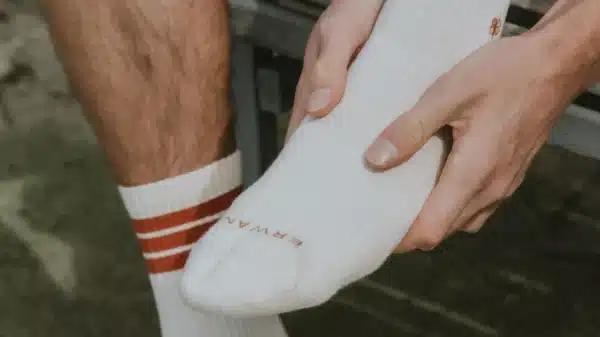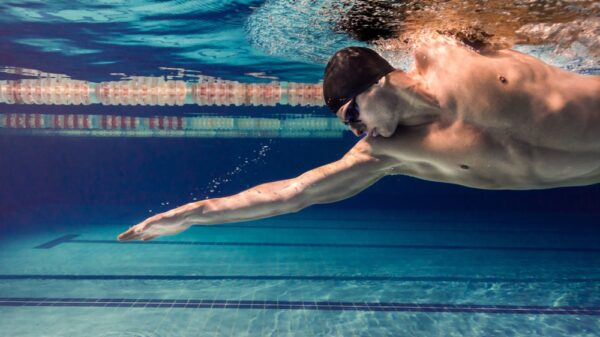While most of us prioritize the selection of athletic sneakers, the role of socks often goes unnoticed. Typically, the decision involves little more than picking a size and a color. This simplistic approach overlooks the critical factors that can enhance your comfort and performance during activities ranging from running to everyday tasks.
When it comes to athletic socks—including running, gym, casual, and compression options—therapist Theresa Marko, a board-certified clinical specialist in orthopedic physical therapy and CEO of Marko Physical Therapy, provides key insights on how to select the ideal pair for your feet and shares essential dos and don’ts for wearing compression socks.
Important Factors in Everyday Sock Selection
The experience of wearing socks hinges on size, height, and material. Choosing a sock is ultimately a personal journey; the objective is comfort and performance in your daily activities.
Marko emphasizes that variations like sock height and fabric composition are worth considering, as they significantly influence how socks feel and function on your body.
Finding the Best Fit for Your Feet
Size: To find your correct sock size, you can measure your foot from heel to toe or refer to your shoe size. Most sock packaging will provide clear sizing guidelines for a better fit.
Height: Sock height is a matter of personal preference and can vary based on activity. Comfort is key, especially for specific types like no-show socks. Marko advises selecting pairs with rubber grips on the back to prevent slippage and blisters during movement.
For high-impact activities like running or HIIT, ensure that the sock provides adequate support and stays in place to avoid discomfort.
Material: Socks can be made from various materials including cotton, polyester, wool, and blends. The right material is crucial for comfort and performance, especially under different weather conditions. Avoid cotton during winter activities; it retains moisture and can hinder insulation.
The right mix of materials can enhance breathability and moisture-wicking capabilities, helping to avoid foot-related issues. For those requiring additional support, some socks offer extra stretch around the arch to provide enhanced comfort.

The Two Main Types of Compression Socks
Compression socks generally fall into two categories: Athletic and Edema.
Athletic: These socks resemble traditional sport socks and typically extend to the knee. Designed to offer lower leg support, they enhance blood flow and aid in recovery through light compression.
Edema: Unlike athletic socks, edema control socks are akin to knee-high stockings and come in varying tightness levels. The tighter options may require a tool for easier wear, and they are typically used by individuals experiencing pooling in the legs due to aging or chronic conditions.

Choosing the Right Socks for Your Training Needs
For Extended Standing or Long Runs: Compression socks can be immensely beneficial if you’re standing or sitting for extended periods. They combat blood pooling in the lower legs and support circulation, reducing the risk of clots. Marko recommends them for anyone in professions that require prolonged standing, such as nursing, or those engaging in long exercise sessions.
Weightlifting: Wearing compression socks during weightlifting can facilitate blood flow and reduce the chance of clots. Utilizing them for recovery post-workout can also be advantageous. However, it might be wise to switch to looser socks after an intense session.
When to Avoid Compression Socks: It’s advised not to wear compression socks in bed. Marko also highlights the importance of rotating socks regularly to maintain skin health by allowing your skin to breathe every few days.

Selecting the Right Compression Socks
Choosing the right level of compression depends on personal comfort and any existing circulatory issues. For individuals without circulation concerns, gentler compression may suffice. Marko advises that comfort and support are paramount; individuals should try different options to see which best suits their needs.
Compression socks can provide various benefits, and consulting with a Physical Therapist can help clarify your options and ensure you choose the best type for your specific requirements!
































